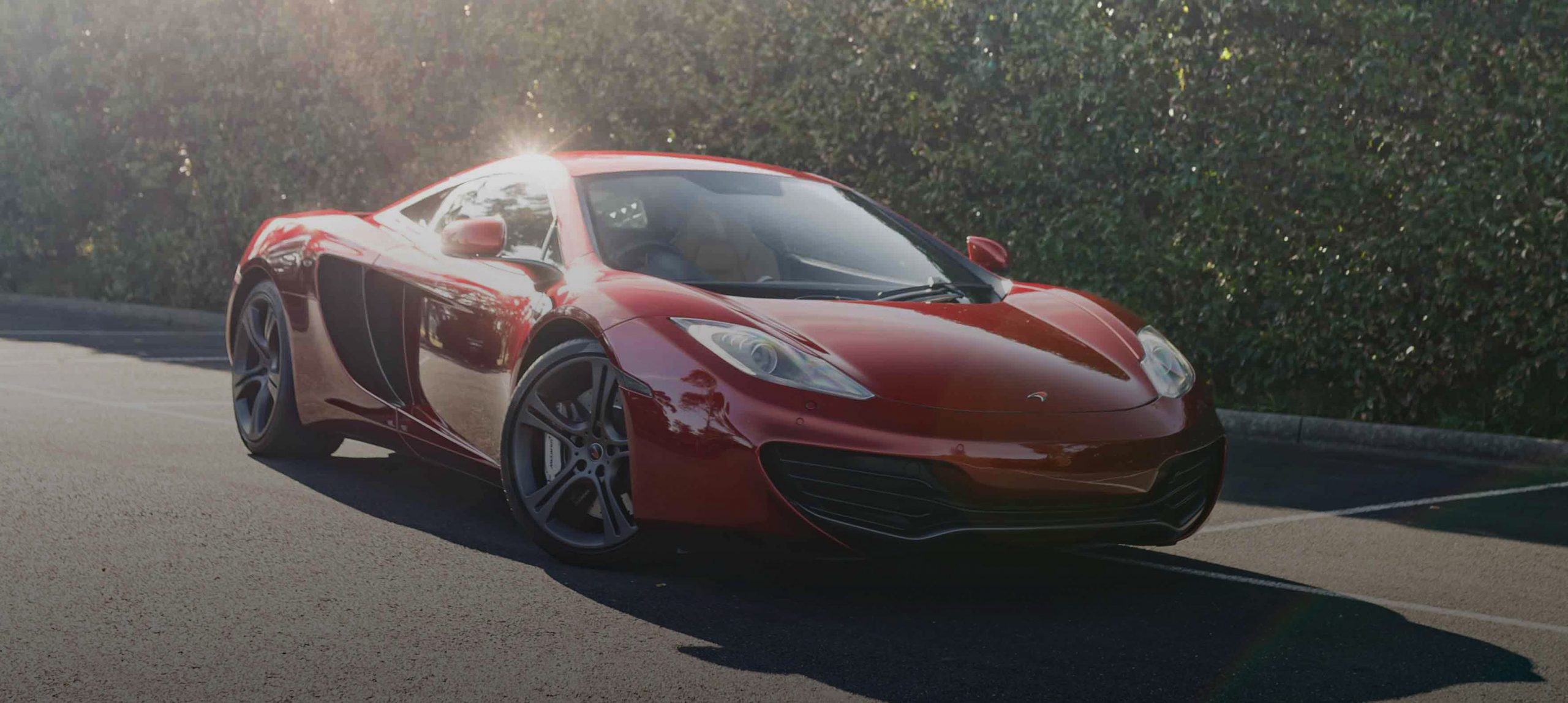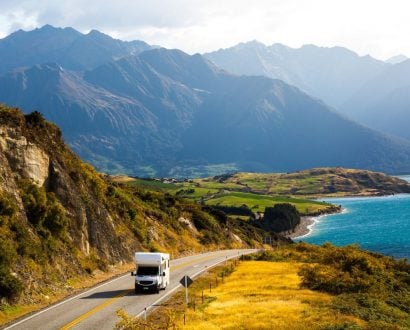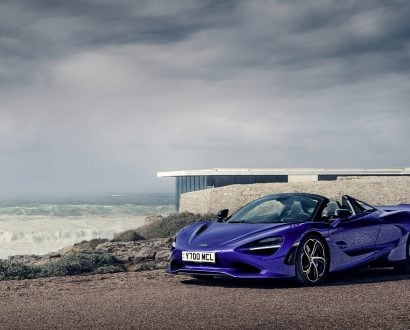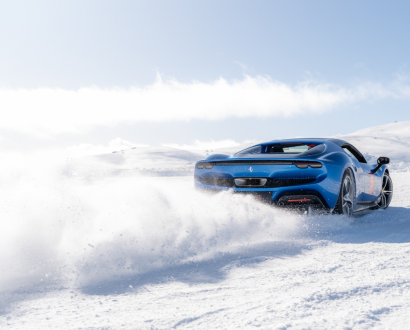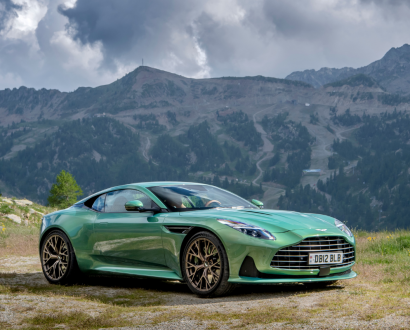There is never a bad time to reward yourself by buying a new car, something that will make you happy every time you look at it (a bit like a child, except that you can ditch it if you get sick of playing with it). And there has never been a better time to sell your car, particularly if you’ve got a spare one or two lying around.
A dearth of available new cars in Australia and around the world, due to a global semiconductor shortage as a result of COVID-19 interruptions, has led to long wait times for anyone wanting to buy a new vehicle, which has driven up the value of second-hand cars in an unprecedented fashion.
At the bottom end, used vehicles like the sporty Subaru BRZ or the attractive Mazda 3 have doubled in value. If you’re lucky enough to have a Toyota RAV4 in the driveway, people will bite your arm off to get it, with many willing to pay more than A$30,000 for a car that goes for A$31,695 brand new, if you can get one – the average wait time for one of those has now ballooned beyond six months.
Cars for enthusiasts
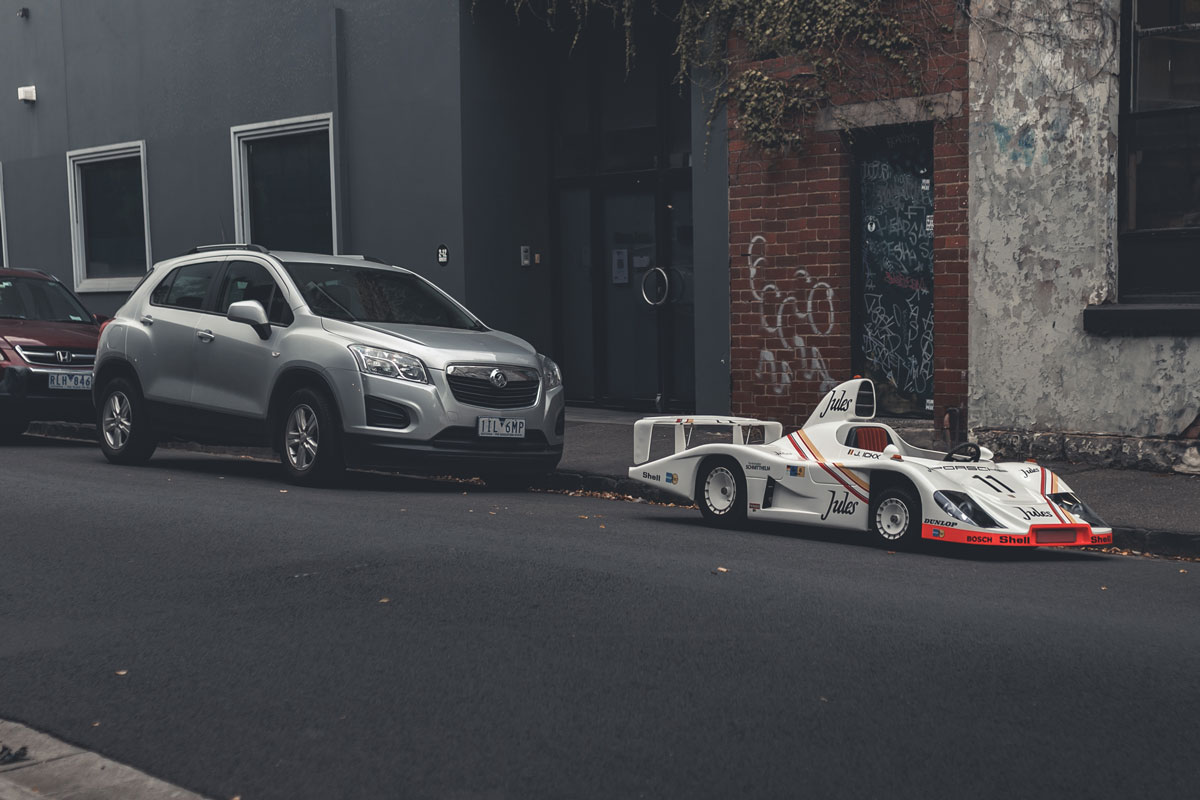
However, it’s the market for more desirable metal that has really taken off. In addition to car enthusiasts spending a lot of time internet shopping and wondering what to do with the money they’d normally spend on overseas travel, this has also been driven by people who’ve never really considered buying a dream car before.
David Nankervis, Co-Founder and Managing Director of Trading Garage – which had the good fortune of launching earlier this year and has been swamped with business ever since – says one of the hottest parts of the market is what he calls “cars that appeal to the non-car enthusiast”.
“What we’re seeing is people spending what you might call emotional money, perhaps to cheer themselves up or reward themselves. So you’ve got things like Volkswagen Kombis going for crazy money, Porsche money, to people who grew up wanting one, and have suddenly decided now is the time,” Nankervis explains.
“It’s not just the people who would normally be in Aspen, the people you normally see collecting or selling high-end cars, it’s everyone. The family that can’t go to Bali, or can’t go four-wheel driving around the country, or even go camping – buying yourself the car you’ve always wanted is something you can still do.”
Kombi for sale?

Sale prices for the sought-after 21-window Kombi have been exceeding A$200,000, while even the less in-demand versions have fetched as much as A$145,000.
There’s also plenty of interest at the Hollywood end of the market, of course, with cars like the big screen’s famous ‘Eleanor’ – the Ford Mustang from Gone in 60 Seconds. Trading Garage, which makes life easy for sellers by charging them nothing to list and no commission (the successful buyer pays a six per cent fee on the sale price, up to a maximum of A$10,000), has sold two Eleanors this year, one for A$180,000, the other for A$220,000.
Surprisingly, one of the biggest earners and fastest-growing brands this year in Australia has been HSV. The brutish, cashed-up Holden nameplate is no longer built here, and is fast becoming a collector’s item.
“HSVs are the biggest earners out there. In January 2020 there was a HSV W1 online at A$199,000 that had 1,000 kilometres on it, and within six or eight months it was a A$350,000–A$400,000 car,” Nankervis says with genuine disbelief.
The company that was lucky enough to list that HSV was Dutton Garage in Melbourne, a more traditional dealership than the online-based Trading Garage. Part-owner Jeff Dutton says even he was shocked at how well HSVs have performed.
“We did very well with HSVs. We had 160 of them of all kinds – even the Maloo ute – and they were all gone in six months. It was like a frenzy for some reason. They really kept us going through the first lockdowns,” he shares.
If you’re lucky enough to own one, Dutton says someone has probably already offered to buy it off you, but now is a great time to sell.
Rare plates market

The really crazy money is on offer to those who have more classic nameplates in the garage, with the prices for Ferrari, Porsche, Bentley, Rolls-Royce and certain Mercedes-Benz vehicles really catching fire this year.
“Every time we think the market has topped out, that it simply can’t get any higher, it just booms again,” Nankervis reveals. “Even the market for rare number plates is out of control.
“There are people who put a heap of cars away 10 years ago, and now, this year, they are really reaping the rewards, and looking like very wise investors indeed.”
Dutton says if you’ve got particularly collectible Ferraris in the shed – an F40, a Testarossa, the F430 or even the more modern classic, a 458, the last of the non-turbo V8 supercars from the famous prancing horse – you’re going to get an amazing price.
If you happen to own a Porsche 356 Speedster, a beautiful machine from the 1950s, Dutton will probably cry when he looks at it. He can recall selling them for $1,500 while today, a good one will score you A$600,000–A$700,000.
“Of course, if you happen to have something like a Lamborghini Countach, you’ll do very well. I remember I bought a Miura for A$60,000, and those things are worth millions now – I wish I’d just kept it, so I could sell it now,” he sighs ruefully.
Read next: Luxury expert explains why watches are a smart pandemic investment

